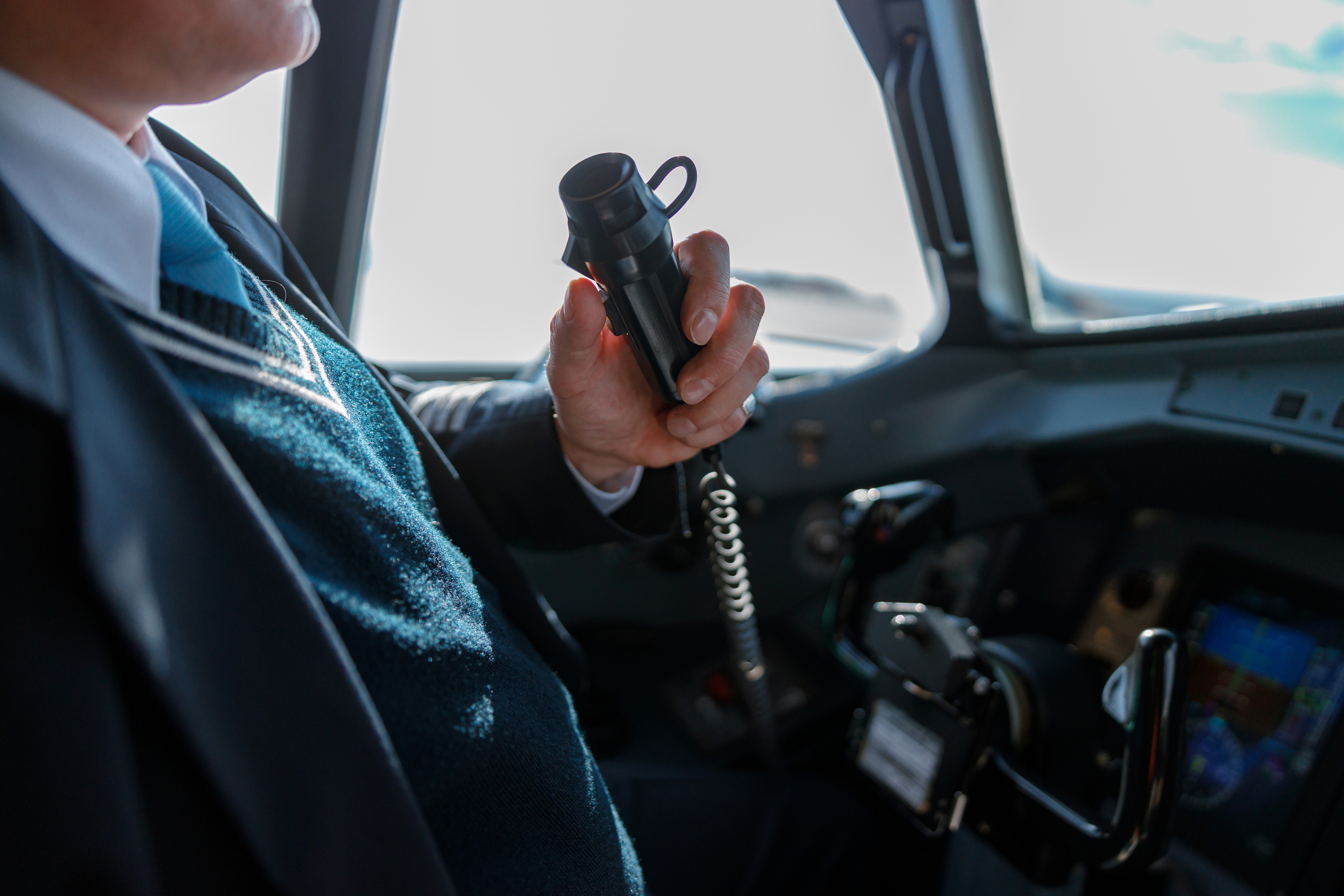Air-to-ground communication of course goes back to the beginning of commercial aviation itself, since obviously the entire system is dependent on constant coordination between cockpits and airport controllers. And the evolution of this crucial piece of the aeronautical puzzle makes for an interesting story.
The Early Years
At the beginning of aviation, more than a century ago, air-to-ground communication was something with more military than civilian applications, and airport control towers (ATCs) didn´t start being built until well after the first commercial flight (in 1914, from St. Petersburg to Tampa, Florida), the first tower was put up in Croydon, England in 1920.
At that time, radio systems existed at aerodromes, but they were not yet intended to serve aircraft. Those pioneers were implementing protocols that would be established over the years. When this aircraft-ATC communication was first launched, it was done by sending Morse code via wireless telegraphy. Each aircraft had a radio operator to communicate with ground-control personnel (a setup which ended up being essential during World War II, both for aeronautical and maritime communications).
The Arrival of Radar
The creation and development of the radar from 1935 onward quickly became vital to aviation. It was capable of not only tracking planes during flight but also determining a number of variables that provided extremely important information for air traffic control, including speed, distance away, direction of flight, and others.
Parallel to this, voice communication also began to be used. Although first broadcast on HF (high frequency), it was later developed on VHF (very high frequency), on an air band between 108 and 136.975 MHz. Voice communications are used from 118 MHz, and the previous range (from 1008.7 to 117.9) is used by beacons (i.e. the stations that send signals to air and as well as maritime navigation).

Then in the Late 1970s, Enter ACARS
In an effort to reduce crew workload and improve data integrity, in 1978 the transportation industry´s main communications company ARINC (est. 1929) introduced the computer-based ACARS, the Aircraft Communication Addressing and Reporting System.
This system connected to onboard communications equipment on the VHF and (less frequently today) HF bands. ACARS, a radio surveillance and communication system, encrypts communications according to the ARINC standard and allows messages to be sent and received through an automated network of ground stations which routes them. And thanks to this new system, data transmission increased exponentially.
With the ACARS system, the status of the aircraft can be automatically controlled while it´s in flight, but the aircraft and control tower are also aware of operational or logistical communications at all times. Thus before a plane touches down, it is perfectly clear what state it´s and if any intervention is needed once it has arrived at the airport (possible malfunctions or breakdowns, for example), etc. The aircraft also receives all kinds of information and instructions from the ground.
The Present Day: Satellites and CPDLC
The digitisation of cockpits and the advent of satellite communication have meant another great leap in quality in aeronautical communication. The air data computer generates much more detailed information about all the variables of the aircraft, and satellites are a vast improvement over radio communication, which could occasionally be defective.
And then there´s also the latest development in this area, called CPDLC (Controller-Pilot Data Link Communications), a data-link system that is beginning to be implemented. On the one hand it reduces the need to use voice communications (thereby reducing its possible – although thankfully infrequent – errors). On the other, the information goes directly to the cabin’s on-board computer. There the pilot finds the corresponding authorisations sent from the control tower, the instructions, and so on. In addition, it also frees up the controller, who can activate communication with the aircraft with a single click. In addition, the occupation of the radio channel is reduced, which gives more flexibility to the communications. Here in Spain, the first centre of Enaire (the country´s main provider of air-navigation and information) to implement it was in Canary Islands.
So as in many areas of life, communication is vital, and its improvement in the field of aeronautics over the years has helped make flying one of the safest forms of transportation in the world.
Photos | Creative Credit | SeventyFour

